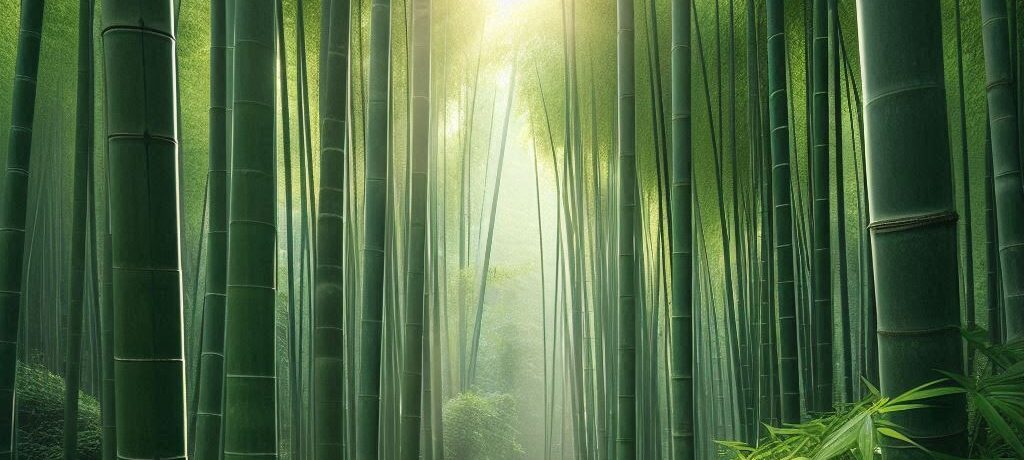
What are the best Indian bamboo varieties for making biomass pellets and chips?
Indian bamboo varieties suitable for making bamboo chips and pellets, along with their growing regions and technical characteristics:

1. Bambusa Tulda (Indian Timber Bamboo) साल बांस (Sal Bans)
- Growing Regions: Northeast India (Assam, Tripura, Manipur, Meghalaya, Mizoram), West Bengal, and Orissa.
- Technical Details:
- Growth Rate: Fast-growing; reaches maturity in 3-4 years.
- Height: 10-15 meters.
- Diameter: 8-12 cm.
- Yield: 10-15 tons per hectare per year.
- Moisture Content: Around 50-60% when fresh; requires drying before chipping or pelletizing.
- Applications: High cellulose content makes it ideal for biofuel and pellet production.
2. Dendrocalamus Strictus (Solid Bamboo) ठोस बांस (Thos Bans)
- Growing Regions: Central and North India (Madhya Pradesh, Maharashtra, Rajasthan, Uttar Pradesh, Bihar, Gujarat).
- Technical Details:
- Growth Rate: Moderate; matures in 4-5 years.
- Height: 6-12 meters.
- Diameter: 3-8 cm.
- Yield: 8-10 tons per hectare per year.
- Moisture Content: 40-50%.
- Applications: Suitable for chips and pellets due to low lignin and high cellulose content.
3. Bambusa Balcooa (Balcooa Bamboo) बलकुआ बांस (Balukua Bans)
- Growing Regions: Eastern and Southern India (West Bengal, Andhra Pradesh, Karnataka, Tamil Nadu, Odisha).
- Technical Details:
- Growth Rate: Fast-growing; matures in 3-4 years.
- Height: 15-25 meters.
- Diameter: 8-15 cm.
- Yield: 15-20 tons per hectare per year.
- Moisture Content: 50-60%.
- Applications: High biomass yield and low ash content make it excellent for pellet production.
4. Bambusa Nutans (Nutans Bamboo) नुतान बांस (Nutans Bans)
- Growing Regions: Northeast India (Assam, Meghalaya), Central India (Madhya Pradesh, Chhattisgarh).
- Technical Details:
- Growth Rate: Fast; matures in 3-4 years.
- Height: 10-16 meters.
- Diameter: 6-10 cm.
- Yield: 10-12 tons per hectare per year.
- Moisture Content: 50-55%.
- Applications: Ideal for biofuel and pellet production due to high calorific value.
5. Dendrocalamus Asper (Giant Bamboo) विशाल बांस (Vishal Bans)
- Growing Regions: Kerala, Karnataka, Tamil Nadu, and parts of Northeast India.
- Technical Details:
- Growth Rate: Fast; matures in 4-5 years.
- Height: 20-30 meters.
- Diameter: 10-20 cm.
- Yield: 15-25 tons per hectare per year.
- Moisture Content: 50-60%.
- Applications: High biomass output; excellent for pellet production and industrial uses.
6. Melocanna Baccifera (Muli Bamboo) मुली बांस (Muli Bans)
- Growing Regions: Northeast India (Assam, Tripura, Mizoram, Meghalaya).
- Technical Details:
- Growth Rate: Very fast; matures in 3-4 years.
- Height: 10-15 meters.
- Diameter: 5-8 cm.
- Yield: 12-15 tons per hectare per year.
- Moisture Content: 50-60%.
- Applications: Suitable for pelletizing due to low ash and silica content.
7. Bambusa Vulgaris (Common Bamboo) साधारण बांस (Sadharan Bans)
- Growing Regions: Throughout India; widespread in tropical and subtropical regions.
- Technical Details:
- Growth Rate: Fast-growing; matures in 3-4 years.
- Height: 10-20 meters.
- Diameter: 5-10 cm.
- Yield: 10-15 tons per hectare per year.
- Moisture Content: 50-55%.
- Applications: Commonly used for chipping and pelletizing due to good calorific value.
Key Technical Specifications for Bamboo Pellets:
- Gross Calorific Value (GCV): 4,000-4,800 kcal/kg.
- Ash Content: 2-5% (depending on species and processing).
- Volatile Matter: 70-75%.
- Bulk Density: 600-750 kg/m³ (in pellet form).
- Hardness: High; suitable for dense pellets.
Advantages of Bamboo Pellets:
- High Energy Density: Excellent for industrial heating and power generation.
- Low Ash Content: Reduces maintenance in combustion systems.
- Sustainability: Bamboo regenerates quickly, making it an eco-friendly biomass source.
